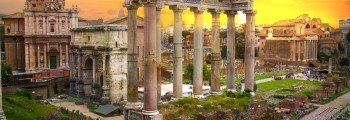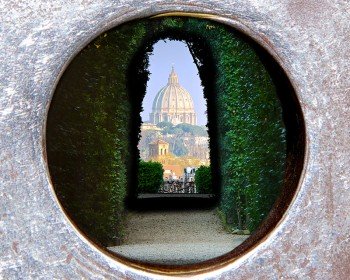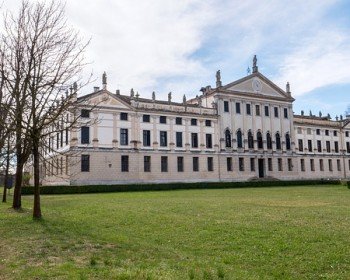An interesting surprise in the middle of your Vatican's museums visit
Have you ever seen a real mummy? In the Gregorian Egyptian Museum, which is a section of the Vatican's museums, you will. It is the body of a woman, whose name was probably Amenirdis and it is greatly conserved. Many are the monuments and rarities coming from Egypt in Roman times, as for instance hieroglyphics, stelae, mummy cases coming from the city of Thebes, canopic jars and ritual objects. These are just a few of the treasures and wonders you can admire in the shrines located through the corridors in which you will find yourself fascinated. There is a whole part of the museum dedicated to the funeral customs of Ancient Egypt.
Did you know that for ancient Egyptians the death was not the meaning of an end?
Death was not the end of life but the beginning of a new existence. They believed that men had two souls: Ba and Ka. The first one was destined to the afterlife to receive the prize or the punishment concerned, whereas the second one remained with the body to look after it: it was used to put in the graves goods, food, beverages, clothes, cosmetics and all the things that the deceased may need and used during the normal life so that, even in the afterlife, they might survive.
Also the physical body of the passed ones had to be as conserved as well preserved for the afterlife, and they had to be recognizable, this is why the technique of mummification was used. The mummification technique had a profound spiritual meaning: the body, once mummified was made incorruptible and spiritualized. Another constant and typical funeral custom of ancient Egypt was to conserve even the organs of the passed ones.
The Canopy jars
The Canopy jars were the four vessels in which the mummified deceased's organs were conserved. Usually, they were made in alabaster but also in other materials like stone or steel. The caps are four because they are the representation of the four sons of Horus. They collaborated with Anubis in the mummification of Osiris's body, (the sovereign of the realm of the dead) and this is the reason why they became patrons of the canopy jars.
Duamutef, whose jar has a wolf's head, containing the stomach of the deceased, Hapi, with the head of a monkey, conserving the lungs, Imset, the human head, conserving the liver and the last one Qebehsenuf, with the rapacious head, containing the guts.

The Sacred Vessel
You will find these sculptures too, usually made of wood. They were often used and collocated in tombs to represent a positive advice for the deceased in his or her travel. It was a tangible symbol that connected the Ka with life. Navigation had a huge importance in Egypt: Egyptian people's life highly depended on the Nile and it was venerated as it was a real and proper God.
A cat from ancient Egypt in Rome
Bast or Bastet is the name of the Egyptian cat goddess, venerated for protection and fertility. In ancient times to kill or injure a cat led to serious penalties and also cats were mummified and this explains how much they were respected and loved by people. So, cats where and are loved even nowadays by people from all over the world, even the by the Egyptian Goddess Isis! There a place in Rome, where walking just in front of Palazzo Grazioli and looking up you can find a cat statue which was part of the Isis Goddess Temple.
And there is also a "Roman" Pyramid
A part of Egypt that you can find in Rome is located near Testaccio: the Piramide Cestia, also named The Pyramid of Cestius built as the tomb of the ancient politician man Gaius Cestius. But why there is a Pyramid in the middle of Rome? Pyramids were royal tombs and this particular custom came to Rome thanks to the Egyptian influence on Rome's architecture developed after the civil war and Egypt became a province of the Roman Empire.
--> Discover more about Testaccio Neighborhood
Are you ready to see with your own eyes all this? This is going to be a chance you absolutely don't have to miss visiting our beautiful city. Leave us a message and we will be pleased to assist you!






